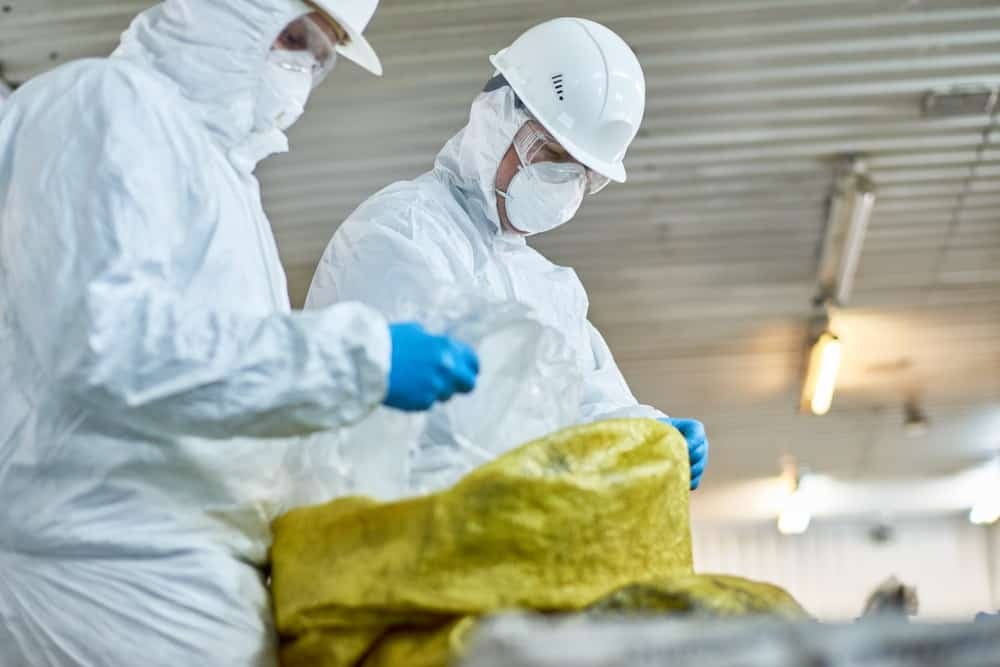Biohazard materials pose significant health risks and are a critical concern in various industries, including healthcare, research, and waste management. These materials, which include biological substances like blood, bodily fluids, and microbiological wastes, can harbor pathogens that cause disease. Proper handling, storage, and disposal of biohazard materials are essential to prevent contamination and protect public health.
Types of Biohazard Materials
Human blood and blood products are primary biohazard materials due to the potential presence of bloodborne pathogens such as HIV, hepatitis B, and hepatitis C. These materials require stringent handling and disposal procedures to prevent infection and disease transmission.
Bodily Fluids
Bodily fluids such as saliva, urine, cerebrospinal fluid, and other secretions can contain infectious agents. Handling these fluids with care is crucial, especially in healthcare settings, to avoid exposure and contamination.
Microbiological Wastes
Microbiological wastes include cultures, stocks of infectious agents, and laboratory materials that have come into contact with these agents. These wastes pose a high risk of infection and require special decontamination and disposal methods.
Pathological Wastes
Pathological wastes consist of human tissues, organs, and body parts. These materials, often generated during surgical procedures or autopsies, must be handled with extreme caution to prevent biological hazards.
Sharps
Sharps, such as needles, scalpels, and broken glass, can puncture the skin and introduce infectious agents. Safe handling and disposal of sharps in designated containers are critical to preventing injuries and infections.
Risks Associated with Biohazard Materials
The primary risk associated with biohazard materials is the transmission of infectious diseases. Pathogens present in these materials can infect individuals through direct contact, inhalation, or accidental inoculation, leading to serious health conditions.
Environmental Contamination
Improper disposal of biohazard materials can lead to environmental contamination. Pathogens can enter water supplies, soil, and air, posing a risk to public health and the ecosystem. Ensuring proper disposal methods is vital to prevent such contamination.
Occupational Hazards
Workers in healthcare, research, and waste management industries face occupational hazards when dealing with biohazard materials. Without proper training and protective measures, these workers are at risk of exposure to dangerous pathogens.
Importance of Training
Training is essential for anyone who handles biohazard materials. Training programs should cover identification of biohazard materials, proper use of PPE, decontamination procedures, and emergency response protocols. Adequate training ensures that personnel are equipped to handle biohazard materials safely and effectively.
Regulatory Compliance
Compliance with regulatory standards is mandatory for the handling and disposal of biohazard materials. Organizations such as the Occupational Safety and Health Administration (OSHA) and the Environmental Protection Agency (EPA) provide guidelines to ensure safe practices. Adhering to these regulations helps maintain safety and prevent legal issues.
Emergency Response and Spill Management: Developing an Emergency Response Plan
An emergency response plan is crucial for managing spills and accidental exposure to biohazard materials. This plan should outline procedures for containment, decontamination, medical treatment, and reporting of incidents. Having a well-developed plan ensures a quick and effective response to emergencies.
Regular Drills and Practice
Regular drills and practice sessions help reinforce emergency response protocols and ensure that all personnel are prepared to handle spills and other incidents. These exercises provide an opportunity to identify and address any weaknesses in the response plan, enhancing overall safety.
Biohazard materials pose significant risks to health and safety, making proper handling, storage, and disposal essential. By following stringent protocols, using appropriate PPE, and adhering to regulatory guidelines, the risks associated with biohazard materials can be minimized. Training and compliance are critical components in ensuring that personnel are well-equipped to manage these materials safely. Implementing comprehensive safety measures not only protects individuals and the environment but also contributes to public health and safety.

